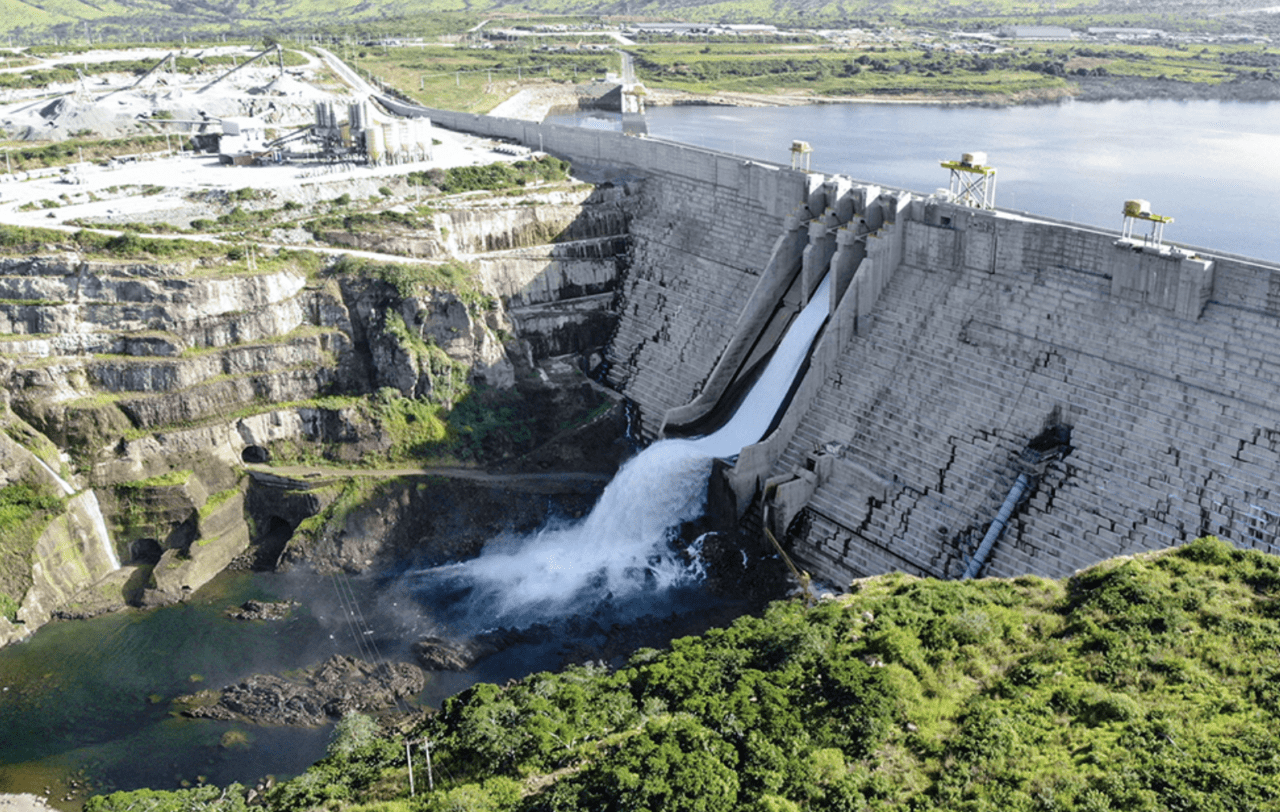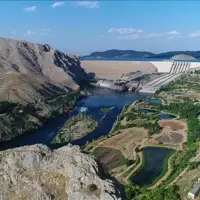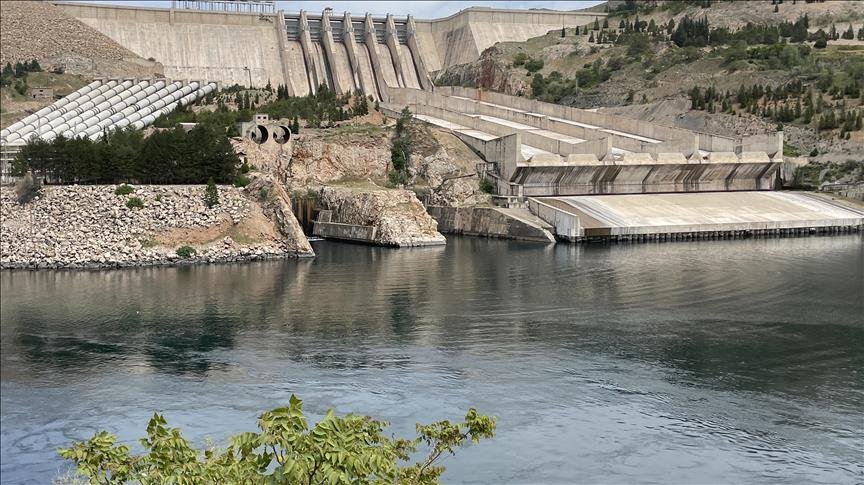Hydropower generation achieved a 10-year high in Europe in 2024, with output reaching 680 terawatt-hours (TWh), according to the International Hydropower Association (IHA). This increase is attributed to exceptional rainfall across the continent and represents a 13% rise above the average production levels from 2014 to 2017.
Globally, hydropower capacity expanded by 24.6 gigawatts (GW) in 2024, with China leading the way by adding 14.4 GW, including 7.75 GW from pumped storage projects. The global hydropower development pipeline now exceeds 1,075 GW, comprising 600 GW of pumped storage and 475 GW of conventional hydropower projects.
In terms of operational capacity, China dominates with over 354 GW, followed by Brazil with more than 101 GW and the United States with nearly 92 GW. India is projected to add approximately 114.6 GW in the near future. Meanwhile, Africa saw a notable increase, bringing 4.5 GW of new capacity online in 2024, more than doubling its output from the previous three years combined.
Eddie Rich, CEO of IHA, emphasized that hydropower serves as the largest single source of renewable electricity globally, accounting for 14.3% of the total, compared to solar at 6.9% and wind at 8.1%. He highlighted hydropower’s ability to provide reliable, dispatchable electricity, which is vital for energy stability and the transition from fossil fuels, especially in water-stressed regions.
In the U.S., hydropower projects are facing challenges due to policy shifts that threaten incentives for renewable energy. While the Department of Energy (DOE) under the Biden administration allocated $76 million for four proposed hydropower projects and $430 million for upgrades to existing facilities, the IHA warned that nearly 40% of the non-federal hydropower fleet will need relicensing by 2035, a complex and expensive process.
The IHA estimates that the U.S. has about 102 GW of installed hydropower capacity, including 79.9 GW from conventional sources and 22.2 GW from pumped storage. Despite these figures, the U.S. hydropower sector is under pressure from aging infrastructure, with 70% of dams over 50 years old, raising safety and efficiency concerns.
Rich pointed out that modern hydropower projects can contribute to climate adaptation, irrigation, and urban water supply. The need for upgrades and new investments in hydropower is critical for supporting the growing demands for clean energy and water management.
The IHA’s report also highlighted the increasing role of pumped storage hydropower (PSH) as a response to market volatility and energy security. With over 60 GW of PSH projects under development in Europe alone, the technology is gaining political and investor support. Countries like Germany and Austria are pushing for greater renewable penetration and grid flexibility, which bolsters the case for new PSH projects.
Challenges remain, including competition for water resources with agriculture and industry, sediment buildup in reservoirs, and the impacts of climate change on river flows. Rich emphasized that hydropower is essential for managing these challenges and facilitating the global energy transition.
Without significant investment in both new and existing hydropower projects, achieving climate and development goals will be increasingly difficult, particularly in developing regions facing energy and water insecurity.




